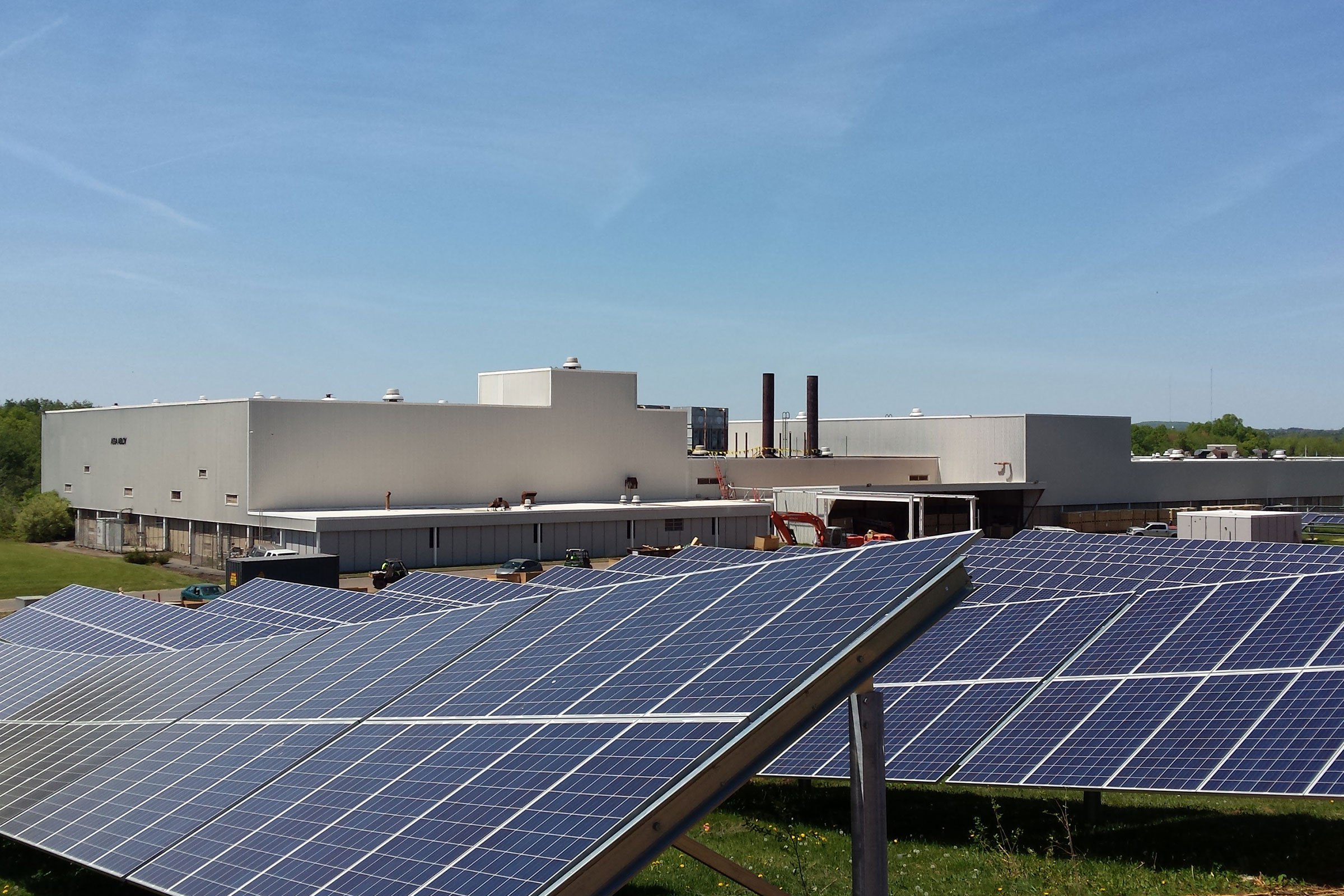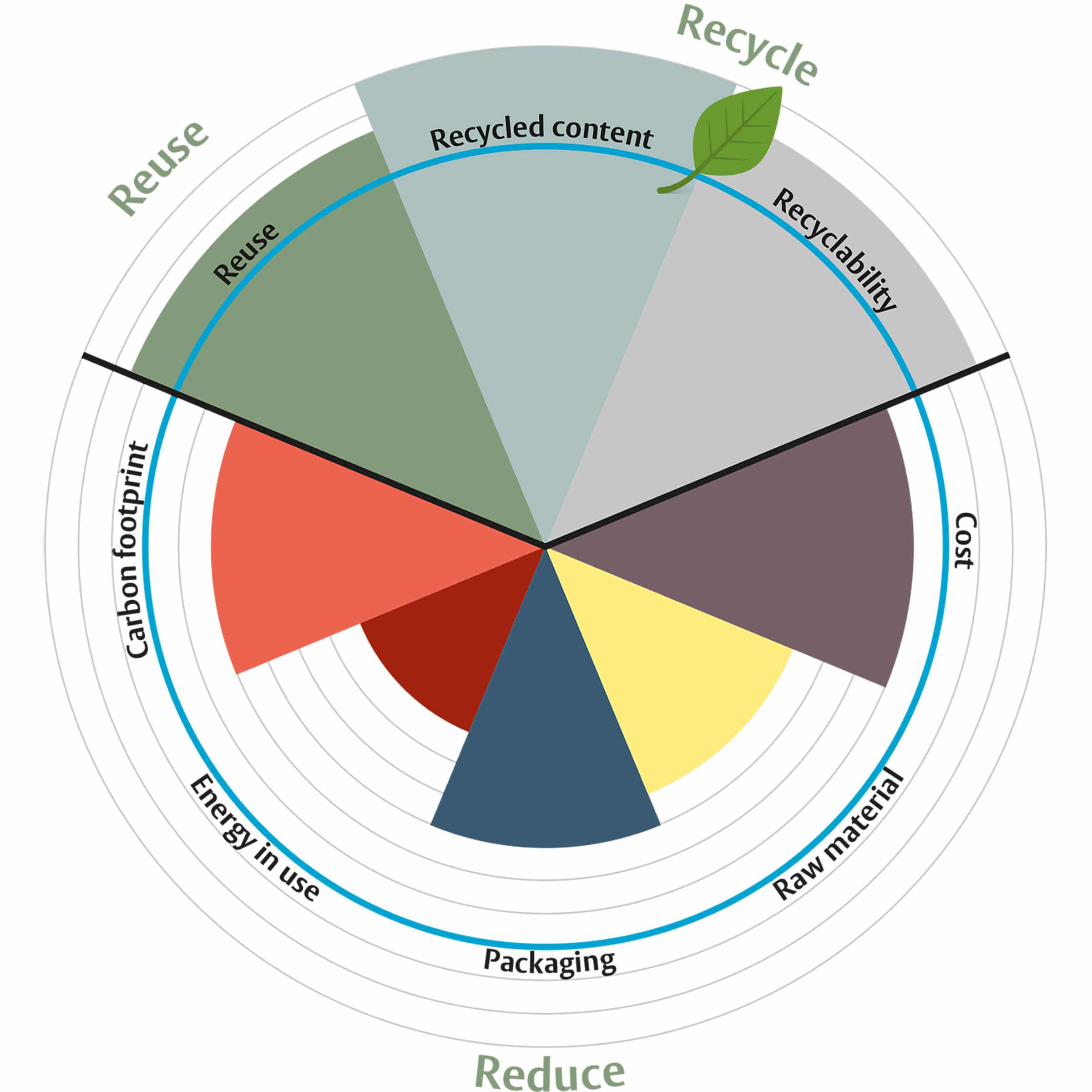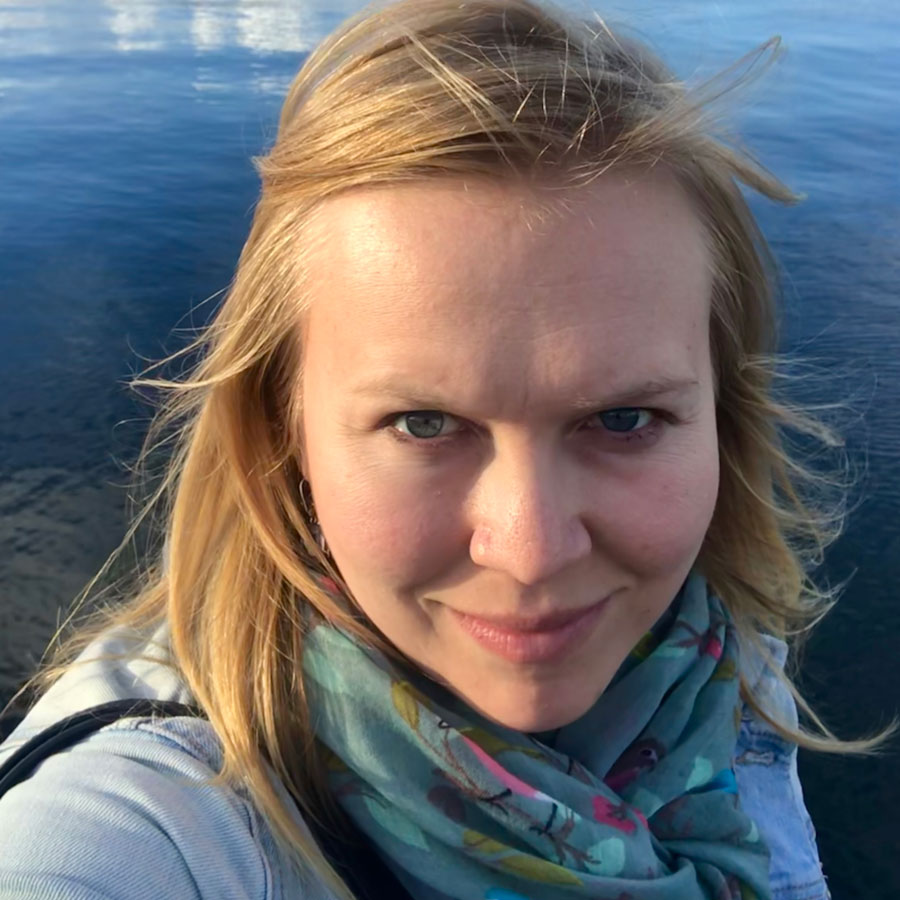
Photo courtesy of ASSA ABLOY
How the door opening solutions giant listens to its customers
When you’re a global leader in access solutions, one made up of operating companies that have been manufacturing for more than 150 years, you don’t turn on a dime. “It’s not like we can wake up one morning and say, ‘OK, we’re going to change all of our operations,’” says Amy Musante, business development director of sustainability at ASSA ABLOY. Instead, what you do is listen to what your customers—be they architects, contractors, or designers—are saying about their desire for sustainable products. Then you respond.
Ten years ago sustainability wasn’t really on the map. Now it’s a huge part of the construction industry. “As a manufacturer, you can either see this as a hurdle or see it as a differentiator in the marketplace and a competitive advantage,” Musanti says. “Those details and that data educated consumers are asking for are driving us in a more positive direction.”
ASSA ABLOY, which sells a complete line of door opening solutions for commercial, residential, and institutional markets, has long prioritized environmentally friendly practices, having issued its annual sustainability report since 2006. And the company constantly evolves how it thinks about these issues, responding to customer, market, and global demand.
Customer demand has continuously propelled ASSA ABLOY forward, but it’s not the only driver of its sustainability initiatives. It’s just one of several key forces that have led the company to be a leader in this space.

The ASSA ABLOY manufacturing facility and warehouse in Berlin, Connecticut is committed to sustainability. The solar array spans more than four acres of land. Photo courtesy of ASSA ABLOY
Certification Programs
For the last 20 years the LEED program has pushed the world to a more comprehensive, nuanced understanding of what it takes to be a green building. LEED isn’t alone, however. Programs like the Living Building Challenge and the WELL Building Standard are raising consciousness around the impact of our built spaces on the environment and on human health.
These programs have encouraged the increased use of environmental product declarations, documents that reflect the impact of a given item throughout its life cycle. To date ASSA ABLOY has completed 132 of these declarations, which builders and architects request to achieve LEED or other green building certifications.
It’s a virtuous cycle: Certification programs lead consumers to demand environmentally friendly products, which leads manufacturers to continuously improve their products. This, in turn, encourages consumers to pursue even more sustainable approaches. And because of the rigorous documentation required by these programs, customers can easily track how products today compare—and can continue to push for improvement in years to come.
Product Leadership
Certifications define how sustainable a given product is once it’s created. But how do you get there? “If you really want to look at where you can make the most effective product, start early in the development process,” says Zeljka Svensson, director of global innovation for ASSA ABLOY Group. “From the design, start to think how to do it.”
That means rethinking everything—and asking the right questions. From the materials used (how do we avoid conflict minerals?) to engineering and product specifications (can we make a lock that consumes less energy on a day-to-day basis?), a willingness to upend traditional ways of operation can allow for important leaps.
Increasingly ASSA ABLOY’s product development has been guided by a desire for resiliency. The company thinks about it in two major ways, says Peter Boriskin, chief technology officer for ASSA ABLOY Americas. First it’s a product with less embodied carbon—meaning it has a lighter impact on our environment. Second it’s a product that can sustain whatever conditions it faces out in the world, whether that’s a flood, hurricane, or other calamity.
Ultimately a resilient product is simply a better one. For example, Boriskin says solutions ASSA ABLOY developed as part of a special eco-friendly line were so much higher performance, they eventually become the default. And these improved products are winning over even the skeptics. “Even folks who maybe initially were not motivated by sustainability, when they saw they could reduce the power consumption by more than 95% and the lock itself didn’t cost them any more to be sustainable, there’s no reason not to,” he says.

The ASSA ABLOY Sustainability Compass ensures the next generation of products is more sustainable than the previous one. Infographic courtesy of ASSA ABLOY
Corporate Citizenship
For ASSA ABLOY, being a responsible global citizen entails walking the talk, says Dan Picard, director of innovation at Sargent Manufacturing Company, an ASSA ABLOY company. “At the product manufacturing site level, the practices we use to make the parts and pieces and products, we want to be using sustainable techniques, we want to be using sustainable materials,” he says.
Not only do the finished products consume less energy, they’re produced in a more sustainable way. For example, at the company’s Berlin, Connecticut manufacturing facility, an on-site solar farm produces 75% of the energy needed to run the plant—and a future expansion will push that to 100%.
That’s just one example of how ASSA ABLOY is constantly driving toward a better, more sustainable future. And in today’s world, that mindset is simply the obvious choice, Boriskin says.
“There are only so many resources available planet-wide,” Boriskin says. “The more we can be stewards of those resources—and the less of them we can take in any given product in terms of power, transportation, carbon footprint, energy, and materials—the more there is for our company and other companies going forward. It’s both good for us and for our customers and our planet.”

